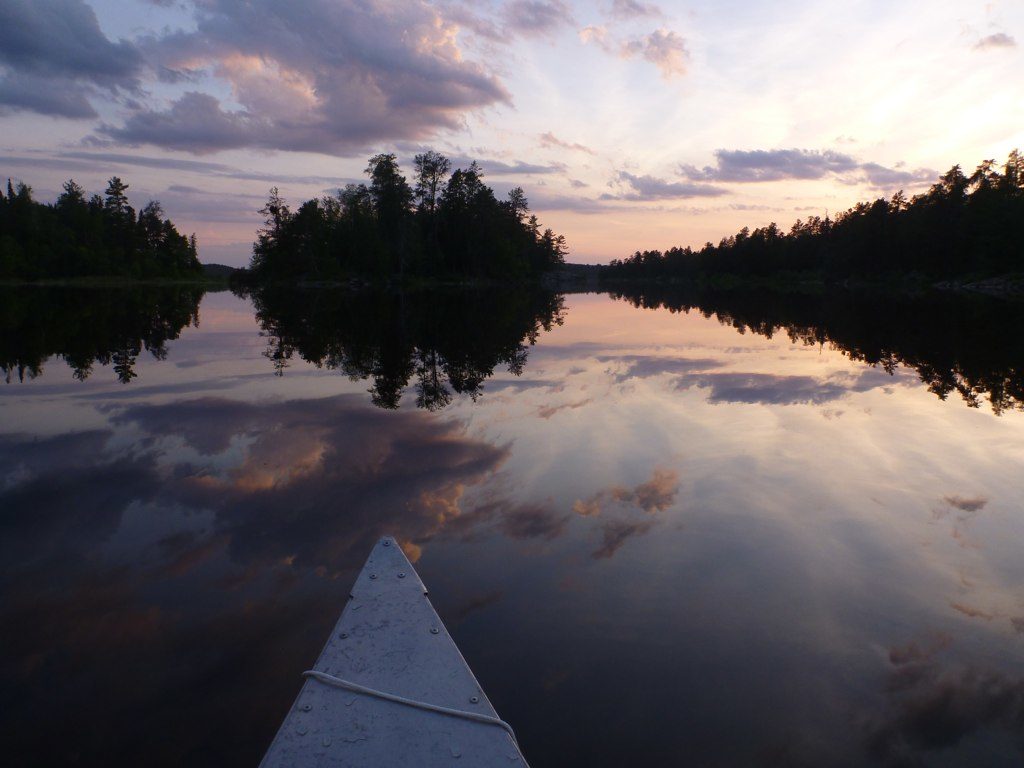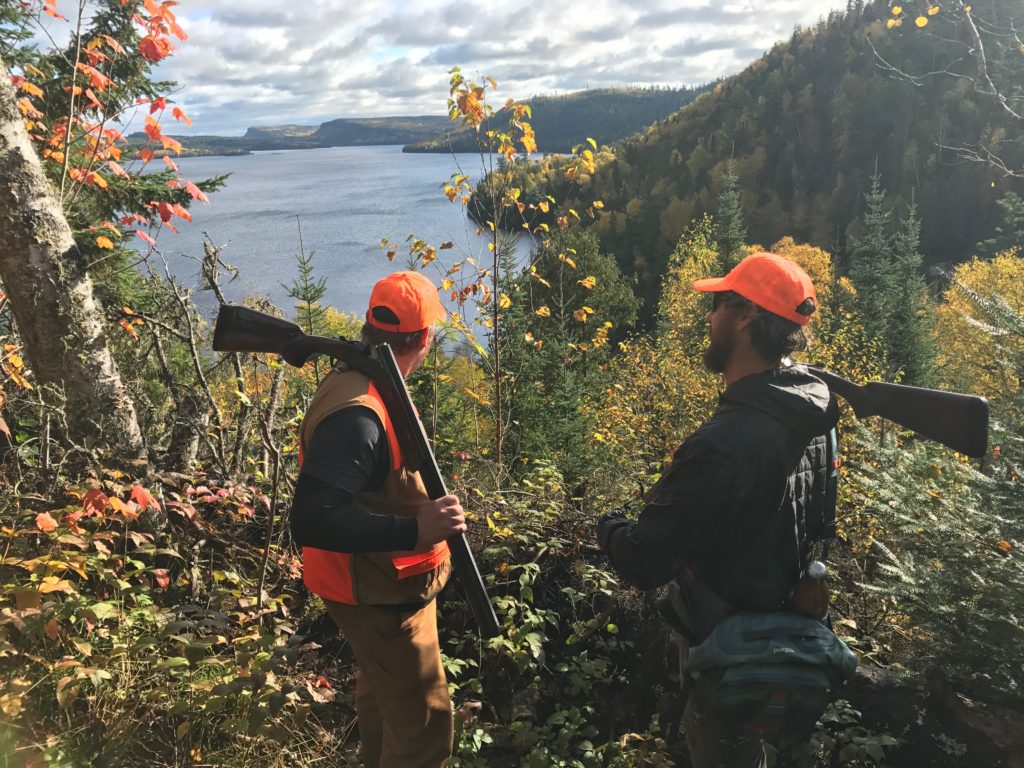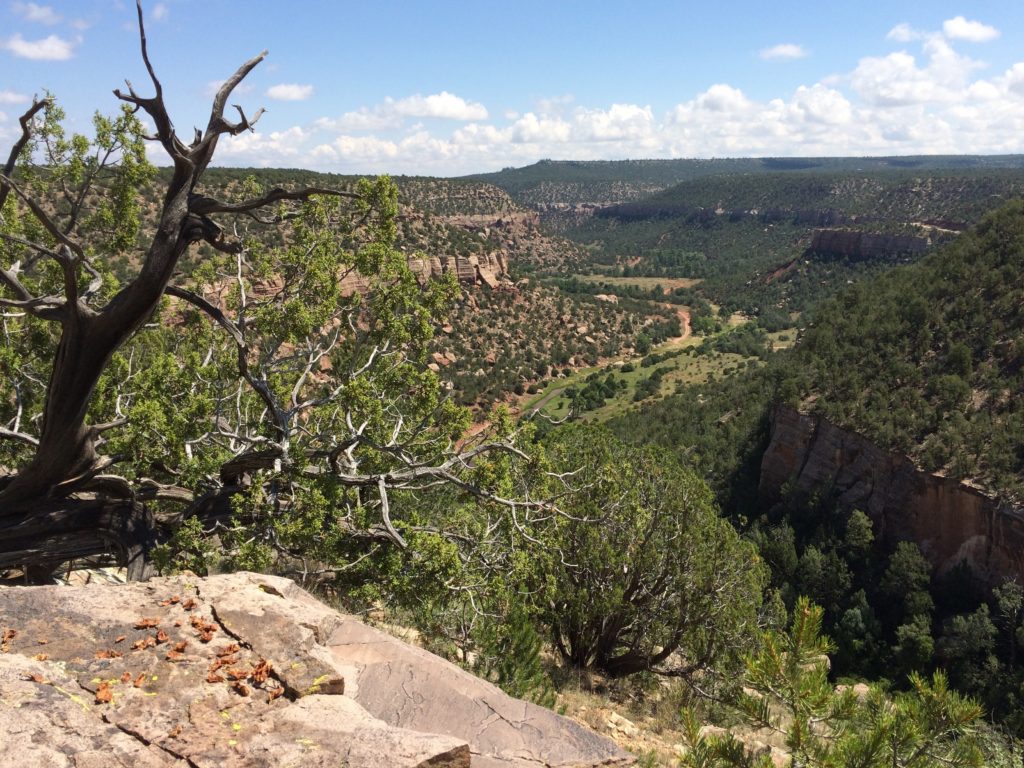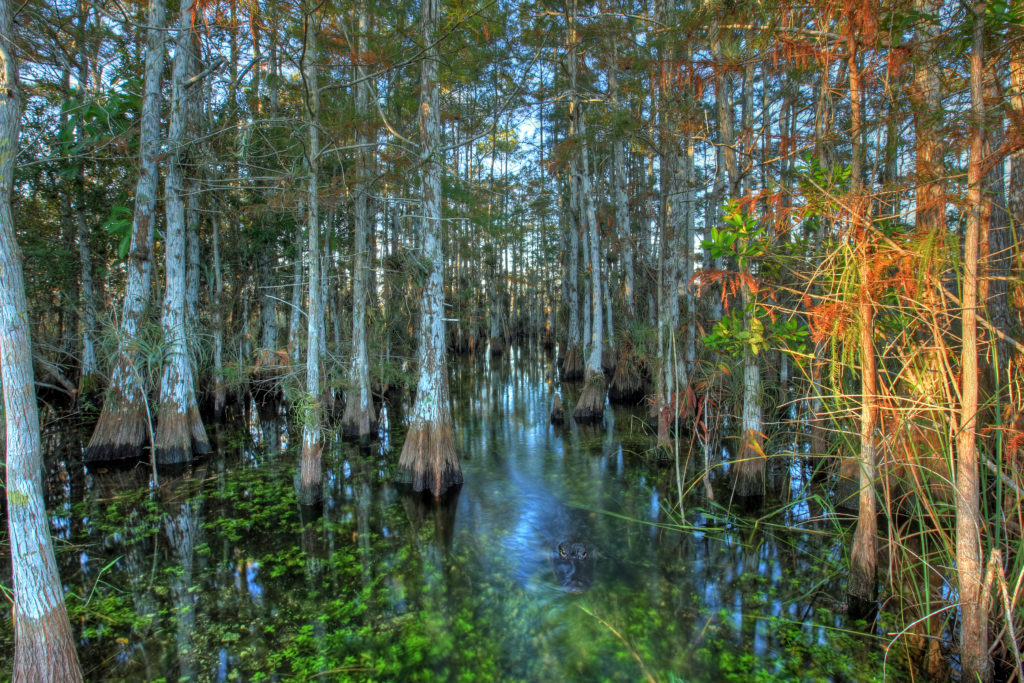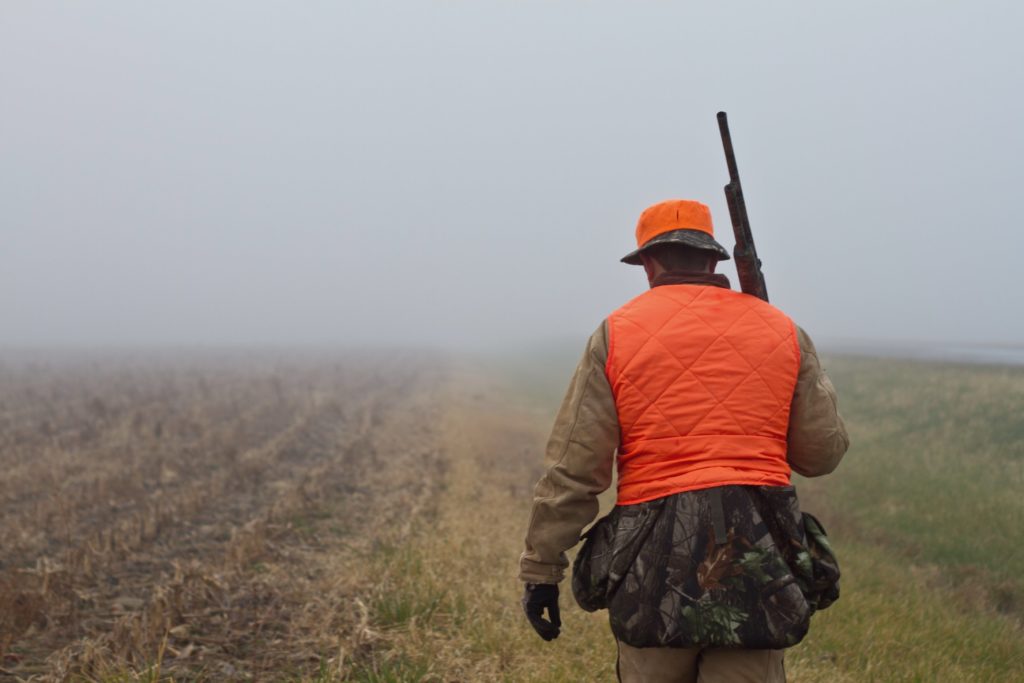Though Congress can choose to ignore the president’s recommendations, two documents released Monday indicate that major cuts to conservation could be part of offsetting new costs
If the president’s priorities for the federal budget or a critical infrastructure overhaul are any indication, sportsmen and women will need to speak out against major cuts and dramatic reprioritizations for the agencies that carry out conservation in America and the programs that ensure our ability to find quality places to hunt and fish.
Officially made public yesterday, President Trump’s fiscal year 2019 budget request included $3.7 billion in cuts at the U.S. Department of Agriculture, $1.7 billion in cuts at Interior, and a 23-percent reduction at the Environmental Protection Agency. Many line item reductions seem to be at odds with the administration’s priorities, like enhancing hunting and fishing access. It also suggests slashing multiple programs that help support state efforts to conserve fish and wildlife or match federal grants for projects.
“As it is, federal funding for conservation represents barely one percent of the budget, having been slashed in half over the past 30 years, and it would be impossible to balance the budget on the back of conservation,” says Whit Fosburgh, president and CEO of the Theodore Roosevelt Conservation Partnership. “Unfortunately, this proposal seems to indicate that cash-strapped conservation agencies deserve these cuts, while public land facilities, forests, waterways, wetlands, and millions of acres of sagebrush continue to fall by the wayside. The $887-billion outdoor recreation economy relies on healthy fish and wildlife populations, quality habitat, and the upkeep of public land infrastructure, and we will continue working with Congress and the administration to ensure these basic tenets of conservation are upheld.”
It is important to note that the president’s budget is only a set of recommendations, and Congress did not follow through on cuts suggested in last year’s proposal. Here’s how the president’s budget would impact fish, wildlife, sportsmen’s access, and the outdoor recreation economy.
U.S. Forest Service
The budget fails to address the fiscally catastrophic effects of ‘fire borrowing’ and the ever-climbing cost of fire suppression. The Forest Service estimates that by 2021, wildland fire costs will consume 67 percent of the Forest Service budget, which would be cut by 9 percent overall per the president’s proposal.
Two Forest Service programs were zeroed out entirely: The Forest Legacy Program, which supports state efforts to conserve environmentally sensitive forest lands, and the Legacy Roads and Trails Program, which supports urgently needed road and trail repair and maintenance, road decommissioning, and removal of barriers to fish passage.
One bad idea that could catch on is tapping into the Land and Water Conservation Fund for routine maintenance of public lands. Particularly, a 98-percent reduction in land acquisition funds at the Forest Service would hamper the administration’s ability to open and expand access to public lands. Further, if inholdings are more susceptible to development, this would also increase public access challenges and the costs of public lands management.
Bureau of Land Management
The BLM is charged with managing 240 million acres—more than any other federal agency—and yet its FY18 budget of $1.3 billion was just 43 percent of the National Park Service’s budget of $2.9 billion. For FY19, the agency is slated for an additional 17.5-percent cut, which would only make it more difficult for the BLM to do its job. We also noticed a 14-percent reduction for management of lands and resources, including 32 percent less funding for “management of rangeland and forest resources; riparian areas; soil, water, and air activities; wild horses and burros; and cultural resources.”
“Further cuts to the BLM’s budget would only lead to increased public frustration with the agency—it will inevitably be seen as the BLM’s inability to do its job as expected by the American people,” says Joel Webster, TRCP’s director of Western lands. “This is what led to the need for sportsmen and women to fight for public ownership of public lands in the first place.”
U.S. Fish and Wildlife Service
The agency that manages national wildlife refuges, protects endangered species, manages migratory birds (including waterfowl), and enforces federal wildlife laws would see an 18-percent overall budget cut. State and Tribal Wildlife Grants would be slashed in half, and Competitive State and Tribal Grants would be eliminated completely.
The State and Tribal Wildlife Grants program gives money directly to state fish and wildlife agencies to fund conservation projects targeted at species of greatest conservation need, but also to improve habitat for countless species important to hunters and anglers. Dramatically cutting funds for projects that help keep species from becoming threatened and endangered ensures higher conservation costs for reduced habitat gains in the future.
In addition, a $7.6-million reduction for the National Wildlife Refuge System would zero out accounts for conservation planning activities, leaving the refuge system flat-footed and unable to address tomorrow’s resource challenges.
There was also a suggested 11-percent cut to North American Wetlands Conservation Act funds, which go toward wetland restoration projects around the nation with every federal dollar matched as many as three times over by non-federal dollars. Deep cuts to matching grant programs like NAWCA have an outsized negative impact to on-the-ground conservation projects.
Water Quality Programs
Beyond a 16-percent cut to USDA’s overall budget, the president’s budget proposes an elimination of the Conservation Stewardship Program and Regional Conservation Partnership Program—both of which help to improve water quality and soil health on private lands. Both programs enjoy tremendous bipartisan support and demand from landowners, and their loss would be felt from the Mississippi River Basin to the Delaware River Watershed.
Trump’s proposal also included a 76-percent cut to WaterSMART, the Bureau of Reclamation’s premier program for conserving and recycling water in the West in ways that also benefit fish and wildlife habitat. Additional cuts, such as the proposed elimination of the EPA program funding local watershed-level clean water projects, or a 90-percent reduction in the Chesapeake Bay Program, further jeopardize clean water and quality fish habitat at the local, state, and regional levels.
Infrastructure
Meanwhile, the president’s infrastructure plan—also released on Monday—contains some strong provisions for the systems that ensure we have clean water, including $20 million for the Water Infrastructure Finance and Innovation Program, which leverages federal investment with private and non-federal dollars to build new clean water infrastructure.
Possible cuts to agency budgets and programs that help facilitate access to outdoor recreation experiences on public land seem to be at odds with an appetite for investing in the infrastructure of our national parks and drastically reducing the maintenance backlog on public lands. It remains to be seen where the $200 billion needed for the president’s infrastructure plan will be cut elsewhere in the budget, but one line in the plan suggests that public lands could be sold to offset costs.
There is ongoing concern that a forthcoming bill might include provisions to limit public input and environmental review on infrastructure projects, as well.
“Make no mistake, we are paying attention to the clear shift away from budgeting for public land acquisition and questioning whether the infrastructure plan is really implying that we should sell off public lands to make improvements to roads, bridges, and airports,” says Fosburgh. “An infrastructure bill should present a major opportunity to enhance natural solutions for modern infrastructure challenges. Restoring wetlands and creating wildlife-friendly roadway passages, for example, not only boosts fish and wildlife habitat, it also helps mitigate flooding that threatens American communities during more and more frequent catastrophic storms. These natural solutions are often more cost-effective and worthy of American taxpayer dollars than gray infrastructure, which only begins to deteriorate after day one.”
The TRCP will continue working to amplify the voices of sportsmen and women, who want decision makers to stop chipping away at conservation policies that have made America’s natural resources the envy of the world.

